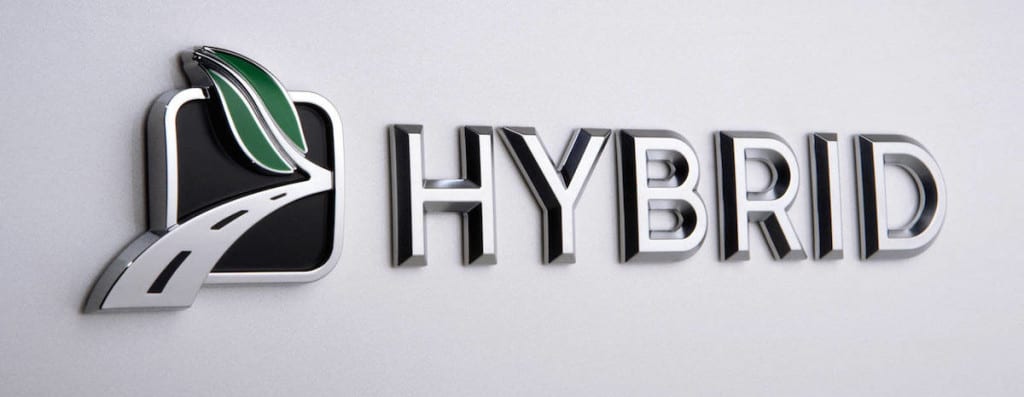Hybrid vehicles were once a novelty and only driven by those with a real passion for environmental conservation and the larger wallet to purchase one. However, hybrid and other eco-friendly vehicles have been rising in popularity, and there are now many more models available and many more people buying them. One day, all vehicles may have some sort of eco-friendly technology, whether that means they are hybrid, electric-only or use some kind of biofuel.
At a Toyota dealer, you can buy the Toyota Prius and — soon — the hydrogen-powered Toyota Mirai. Both are eco-friendly vehicles that are stylish and affordable.
If you aren’t yet sold on hybrid technology, consider some of these pros and cons to help you make your decision:
Pros
Fuel Savings
The biggest benefit of driving a hybrid vehicle is that you’ll save money on fuel. Hydrogen vehicles have two motors: One that is powered by gasoline and the other that is powered by electricity. The electric motor takes some of the work off the gas-powered motor, so the car does not consume as much gasoline.
Exactly how much gas you will save with a hybrid depends on the specific model you buy and your personal driving habits. However, most hybrids get between 40 and 60 mpg, and they actually tend to do better in city driving.
The 2015 Toyota Prius actually gets an estimate 51 mpg in the city and 48 mpg on the highway. That’s double the fuel economy of most sedans — even those that are considered to have “good” fuel economy.
Environmental Impact
Hybrid vehicles are better for the environment because they do not consume as much gas and they do not release as many emissions. Simply driving one of these vehicles means that you are reducing the consumption of our natural resources and are protecting the air we breathe.
Hybrid vehicles run so much cleaner than gas-powered vehicles that some states, such as Colorado, do not even require that they undergo an annual emissions test. That’s another small savings associated with driving a hybrid.
Hybrids also run quieter, which means that they produce less “noise pollution.” While this isn’t a serious threat to the environment, it is certainly a nuisance when you’re driving.
Tax Breaks
Even the federal government recognizes the value of driving a hybrid vehicle. In fact, the government sees so much benefit in hybrid technology that it provides tax credits for those who buy these cars. The credit varies depending on where you live and what kind of car you buy, but you could get back thousands of dollars.
Since this is a tax credit, you get the money deducted from the amount you owe. It’s not like a typical tax deduction that simply lowers the amount of your taxable income. Therefore, so long as you don’t have a huge tax bill at the end of the year, you could be getting back a nice check.
Fewer Repairs
Toyota has said that it receives fewer warranty claims on its hybrid vehicles than any other of its gas-powered vehicles. The batteries are also made to last the life of the car, so you should not have to replace them. However, if you do have a problem, the warranty typically lasts between eight and 10 years, which is far longer than the warranties offered on most gas-powered vehicles.
Warm Starts
On a cold morning, you may have a hard time starting up a gas-powered vehicle, and you’ll certainly have to wait what feels like an eternity for the heat to finally kick in. You won’t have either problem with a hybrid.
The Toyota Prius is designed to store a certain amount of coolant and to keep it warm for up to three days. That way, the car will start right up on even the coldest of days, and the heater will be ready to keep you warm and toasty. No more having to get up early just to start the car and warm it up!
Variety
When hybrids were new technology, not a lot of options were available. Many people didn’t like the look of hybrids, and some wanted more space than hybrids can offer.
Now, there are hybrids available in every type of car, whether you need a sedan or an SUV. You can find a style you like and the space you need in one eco-friendly package.
Expense
Some of the complaints about hybrids have focused on the cost to buy and maintain one. The price of hybrids has come down as the technology has become more popular, but they still cost a bit more than the average non-hybrid model.
The cost of repairing a hybrid can also be a bit more because of the special technology used. However, as noted above, the batteries are designed to last for the life of the car and hybrids typically have fewer problems than gas-powered models.
Recharging
Some hybrid models have to literally be plugged in to recharge the battery, which some owners may find tedious. However, many hybrid vehicles come with regenerative braking technology, which repowers the battery each time the brake is pressed or the car is idling. This can reduce the amount of time you have to recharge the battery.
Power
Drivers who enjoy the feel of a powerful throttle under their gear shift or who want to push their vehicles to top speeds will not like hybrids. Though hybrids have enough power to provide an agile ride, they do not boast the same impressive stats for speed or horse power as gas-powered rivals with bigger engines. If you fancy yourself an amateur racer, you’ll want to turn your focus to HEMIs and V8s with performance brands.
Interior Space
Because hybrids have two motors, they tend to lose a little cabin space or trunk space. After all, that second motor has to go somewhere.
As the technology has advanced, auto makers have found ways to accommodate the motor without sacrificing space. Just take a look at the Prius, and you’ll see that not only is there plenty of room for five passengers, but there is also an ample cargo space in the hatchback. In fact, you get a lot more space in a Prius than you get in most other sedans.
Hybrid vehicles are not for everyone, but by weighing the pros and cons of this technology, you can see that these vehicles have a lot to offer most people. With a hybrid, you’ll end up saving money on the cost of car ownership, and you can feel good knowing that you are actively part of the solution to protect our environment. You can also feel good knowing that you are part of a trend that will one day become the standard.




